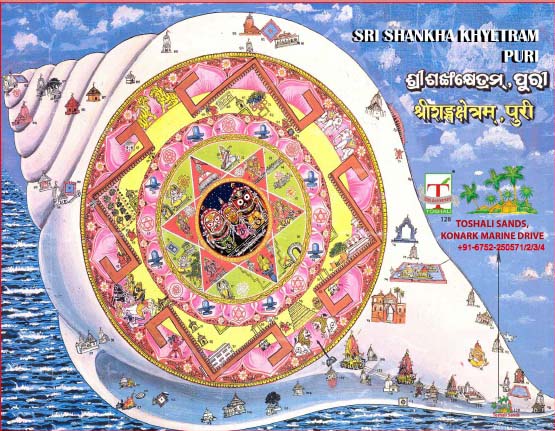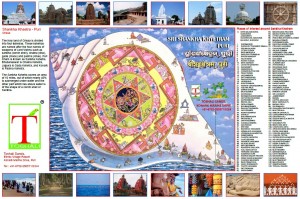Online travel booking in India is no longer a nightmare. It is quite safe to book tickets and hotels and package tours online. Firstly I don’t think many of the ‘travel’ portals that mainly sell tickets can be considered as ‘travel’ portals. They are ticketing portals. The real ‘traveling’ starts only when you reach your destination. Some of them are relatively dynamic portals but options in a one stop shop catering to all travel needs remains few. The online space is mainly driven by domestic air ticketing but the railways need to play a more crucial role to make them successful. Studies suggest that more than 2,000 towns and cities are accessing the Net for booking travel. Secondary cities account for 74 per cent of business and rising. In 2009-10 more than 25 per cent of all airline tickets are booked online.
Despite myths India’s online market Tourist bookings in most sectors (accommodation, airlines, car rental etc.) are still made over the phone, email or in the provider’s office, rather than on-line. So the share of internet bookings remained small but growing. I think consumers in India are still not comfortable booking on-line due to concerns over payment security. But these concerns of the traveler are being addressed and many government and non government travel sites are today considered ‘safe’ bets.
Many service providers and intermediaries are still not offering the full range of travel products (accommodation, flight tickets, car rentals etc.) on their portals and it is sometimes cheaper not to book on-line. However with advancement in on-line payment security, the presence of more developed portals of direct providers as well as intermediary travel portals, and with greater internet penetration, internet booking is expected to gain significance during coming days.
A recent report in Economic Times said the slowdown has been good for the online travel industry. It has actually seen a lot of people moving from offline to online booking. A survey found that traffic to these sites grew to more than 14 million visitors in April 2010, an increase of 50% over April 2009 as a growing number of Indians turned to the web in search of travel deals and accommodation. This is one opportunity online travel industry should really grasp. This could be the beginning of a new phase in the industry.
Today there are more payment options available online. Last August (2009), the RBI issued guidelines making it mandatory for all online transactions to have an extra level of authentication. People feel more secure transacting online. Travel sites now attract more than one-third of India’s total Internet population. Today’s smart consumers are being cost-conscious while making travel arrangements. They are diligently comparing prices before choosing. Actually the recession was good for the travel industry as it forced them to think out of the box – increase efficiency, innovate and design customized packages to retain clients. So we are looking forward to a market that is mature, growing and more users oriented.
To summarise – “Metu” – your own friendly, neighborhood online travel consultant feels that online travel booking is safer than ever before in India. But dear traveler do check, compare – be aware and Happy Journey……
All invited to contribute by sharing your thoughts, views on this blog post, through the comments / blog. Hereby, looking forward to conversing with you!






